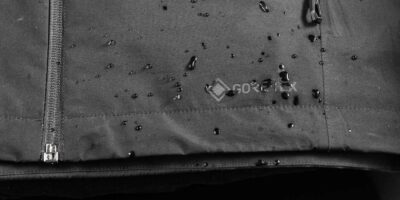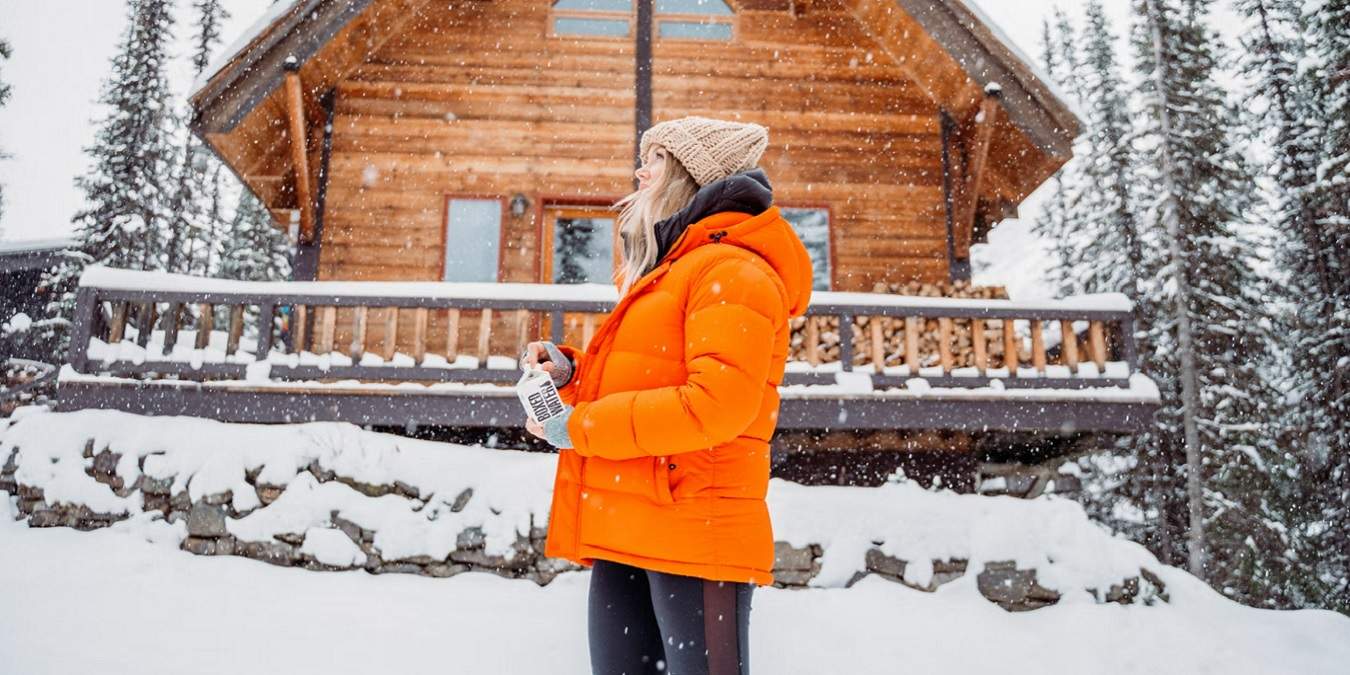
To brace for the cold weather, you wear three sweaters underneath your heavy-duty jacket. Not only do you end up looking like an inflated version of your former self, but you also still feel a bit cold.
What if you could avoid piling on so many heavy layers? All you need to do is wear the right type of fabrics for the cold, and correctly layer them. That way, you can feel warmer with fewer layers.
The following fabrics work best during the winter, especially when properly layered.
1. Wool
Make sure you stock up on wool sweaters for the winter — this fabric is the warmest you can find. As you probably know, wool comes from sheared sheep (and sometimes other animals). It has natural insulating and moisture-wicking properties that keep you warm in wintry weather.
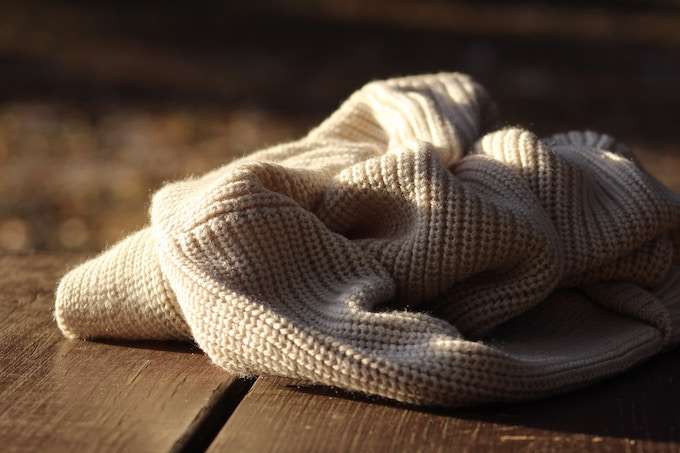
If you’re worried about wool fabric making you itch, try the merino variety instead. It’s much softer and more comfortable than regular wool.
2. Silk
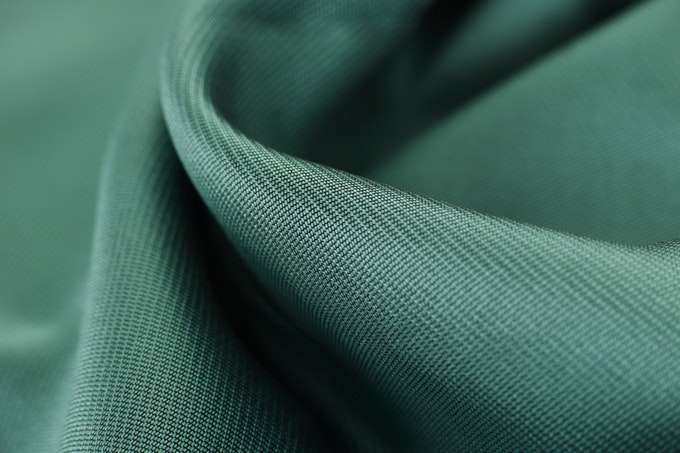
Silkworms create silk as they craft their cocoons. Although you might not think about silk when it comes to cozy fabrics, this material works as a great insulator. That said, you shouldn’t wear silk as an outer layer. It’s lightweight and breathable material, making it work best under another layer.
3. Fleece
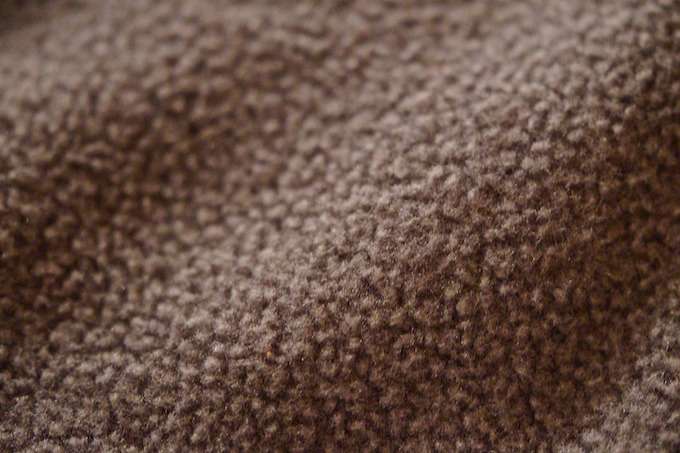
Unlike wool and silk, fleece is made of an entirely synthetic material: polyester. It’s meant to imitate wool and does a good job at it — fleece manages to keep you warm without weighing you down. It also dries quickly, allowing you to wear it in wet conditions or while exercising in the cold.
4. Down
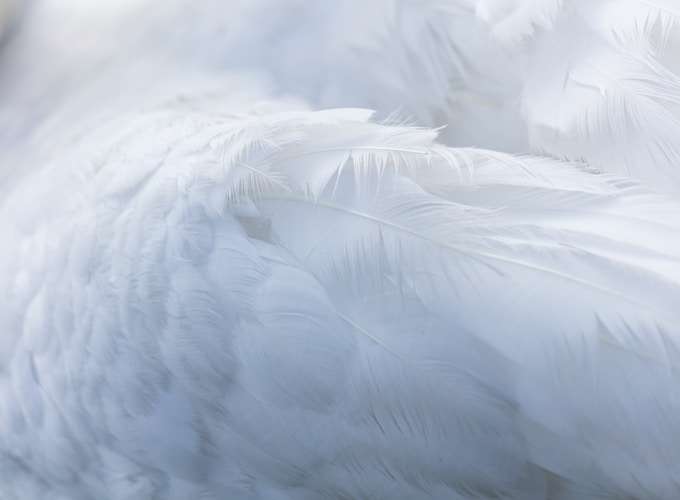
Down is a phenomenal insulator. However, it’s a bit expensive as it comes from the feathers of geese and ducks. When down is used in coats, it’s typically stuffed inside a waterproof outer layer. The more down feathers a coat has, the warmer you’ll feel.
5. Nylon
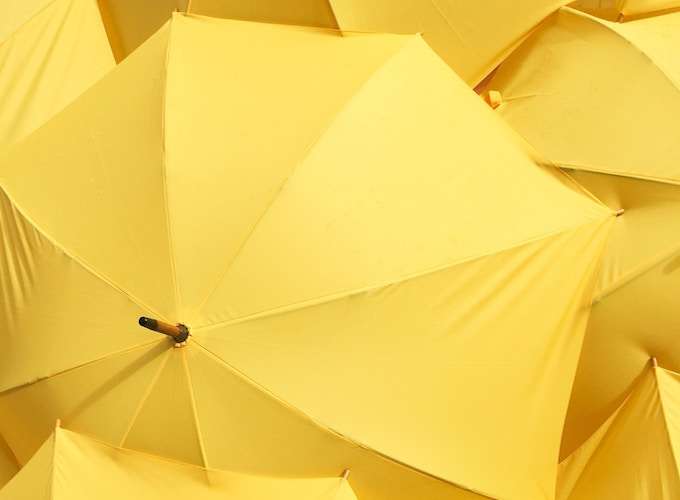
Nylon isn’t just used in umbrellas and pantyhose — it’s also great for winter clothing. This synthetic fabric is modeled after silk. While this material won’t keep you super warm, it’s a reliable waterproof material that’ll help you remain dry in the snow.
6. Hemp
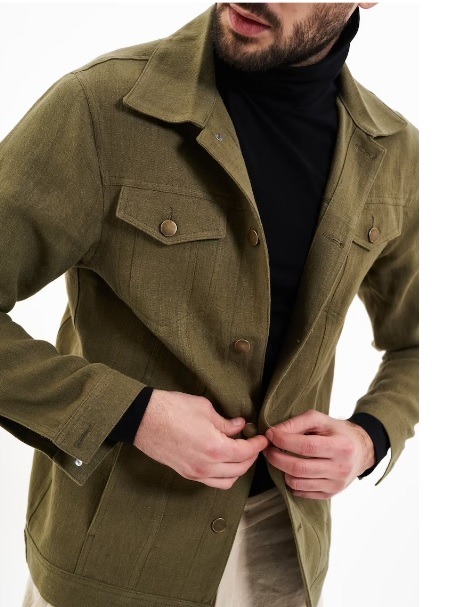
As strange as it might sound to wear hemp, it’s actually a very eco-friendly fabric that’s perfect for winter. It’s being used more and more in coats, like this custom Etsy design, thanks to it’s insulating properties. If you have sensitive skin, it’s ideal since it’s both breathable and gentle. Plus, hemp has both antimicrobial and antibacterial properties to prevent odors if you’re sweating.
7. Cashmere
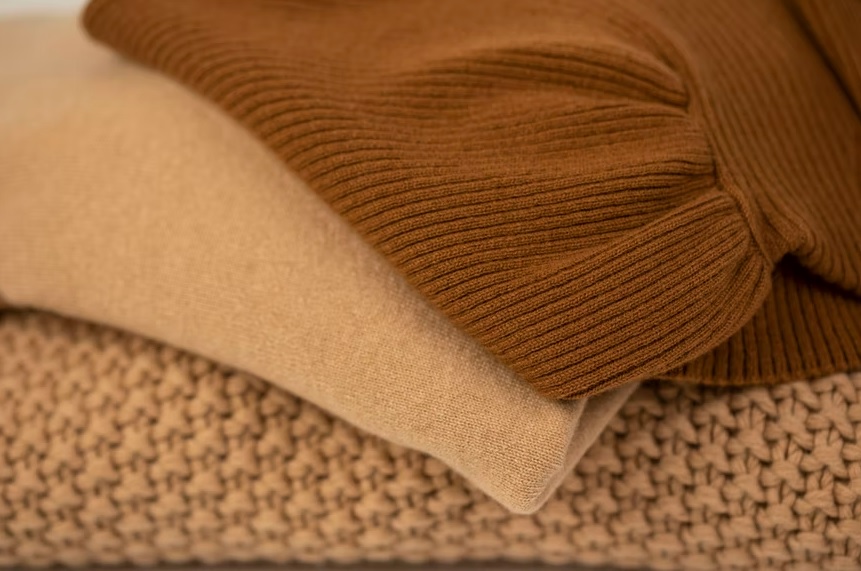
There’s a reason why cashmere sweaters are so popular. Not only are the incredibly fashionable, but ultra soft and silky fabric is both luxurious and warm. It’s one of the warmest fabrics and works well for sweaters, scarves, soaks, and coats. It works well when layered with other fabrics to keep you even warmer during the coldest months. It’s breathable and is sometimes considered even better than wool for winter days and nights.
8. Cotton
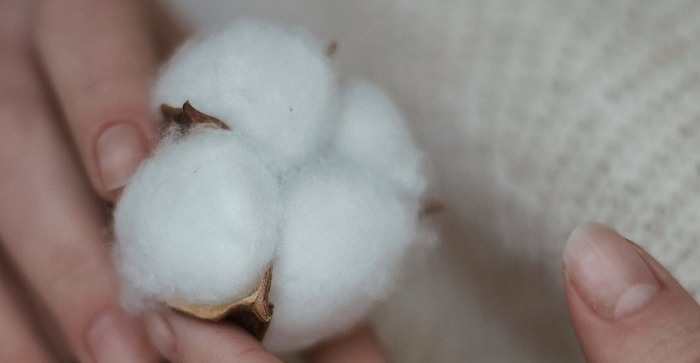
While some would argue that cotton is terrible for winter, it works well for a middle or outer layer. Thicker cotton garments keep the cold out without irritating sensitive skin. However, it does absorb moisture, so you don’t want to use it as an inner layer if you’ll be sweating at all. Pairing with silk, wool, or even nylon is a great idea.
9. Corduroy
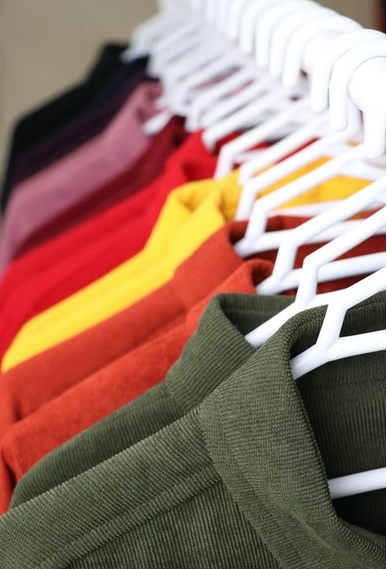
Corduroy seems to come and go in the fashion world, but just when you think it’s gone out of style, it’s suddenly the most popular winter fabric all over again. Jackets and pants made of this fabric will definitely keep you warm. The thickness makes corduroy one of the warmest fabrics and also one of the more durable ones. It works best as an outer layer, unless you’re wearing it as pants.
10. Flannel
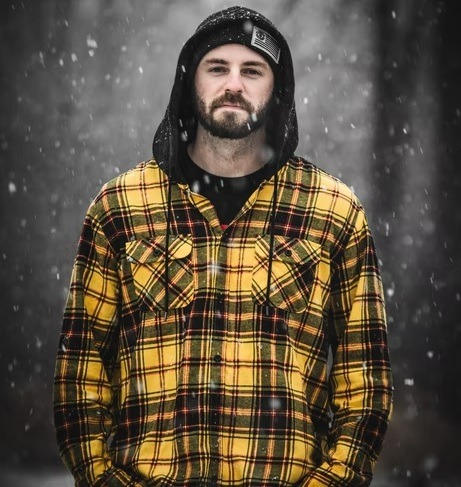
Flannel may actually be made from wool or different types of yarn. It’s also a winter staple for everything from shirts to bed sheets due to how well it protects you from the cold. The durable fabric insulates well. Thanks to air pockets throughout the fabric, you’re well protected from the wind and whatever winter has to offer. Plus, it works well as both an inner or outer layer.
How to Effectively Layer Your Clothing
Now that you know the different types of fabrics, it’s time to learn how to effectively layer them. If you don’t layer your clothes correctly, you’ll either end up feeling sweaty, uncomfortable, cold, or all three. This foolproof layering method will keep you warm all winter.
Bottom Layer
Your bottom layer goes underneath all of your other layers. The main purpose of this layer is to help you remain dry. When you’re outside for a long period of time, you’ll get sweaty no matter how cold it is. If your base layer doesn’t keep you dry, your skin will eventually become damp and cold.
The best material for your bottom layer is something light and airy. For this, you’ll want to wear a long-sleeved merino wool or silk shirt. Nylon also works well.
Middle Layer
The middle layer works as your insulator. This layer may keep you warm, but that doesn’t mean it has to weigh you down or cause you to overheat.
That makes fleece the best middle layer — it traps heat while remaining breathable. A light down jacket is also a suitable middle layer, but it’s not ideal for strenuous activities, as it gets hot fast. Cotton also serves as a great middle layer when paired with an airy bottom layer.
Top Layer
The final layer sits on the outside of all these other layers. Since this layer will have to face the elements, it’s important that it’s waterproof and windproof. Go with a jacket made of nylon to keep snow, ice, and rain out. A down jacket with a waterproof shell works as well. If you’re not dealing with rain and snow, corduroy and hemp are ideal as they insulate and keep you safe from the wind.
A jacket made of waterproof Gore-Tex fabric is another practical choice for your outer layer. If you already own one, make sure you know how to take care of your Gore-Tex jacket. Faux fur teddy coats are also a great option for colder months.
Frequently Asked Questions
Are more layers better in winter?
Less is more in winter. You don’t need five layers of wool sweaters to prepare for the winter weather. In reality, you only need about three layers made with specific fabrics. Just remember that the more heavy layers you have, the colder and sweatier you’ll feel.
Are warmth technology or winter technology fabrics better?
Many new fabric blends and weaves have flooded the market promising to keep you warmer than ever. And, many of them actually work pretty well. Some, like Polartec Thermal Pro, are just variations on common winter fabrics like fleece. But, as we already, fleece is incredibly warm.
With Under Armour ColdGear for Men and Women, a special conductive layer is included to both absorb and retain body heat naturally. The North Face Thermoball Jacket and Traction Booties actually use pockets of recycled fabrics and insulating materials to create unique warming fabrics.
So, these fabrics aren’t necessarily better or worse. They’re just designed with winter temperatures in mind.
Are long-sleeved or short-sleeved shirts better for the inner layer in winter?
If you’re going to be outside a lot, long-sleeved shirts are definitely better. However, if you tend to get hot easily when inside, having a thinner long-sleeved or even a short-sleeved shirt as your inner layer may be the best option.
How can I keep my feet and head warm during the winter?
The warmest fabrics for winter aren’t just for coats, shirts, and pants. To keep your feet warmer, check out these men’s winterized sneakers. Or, try out these men’s bucket hats for style and warmth.
Image credit: Boxed Weather Is Better via Unsplash





